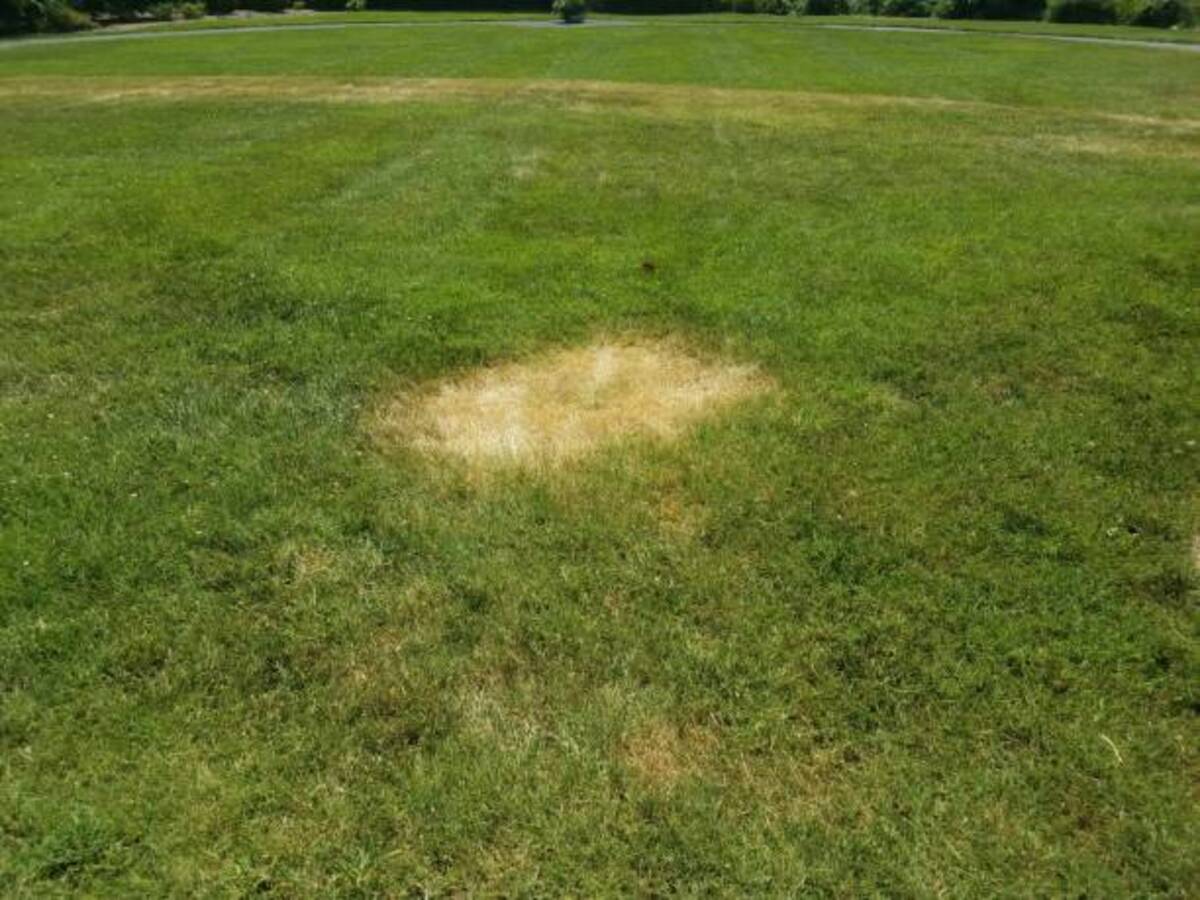Are you tired of battling lawn diseases and considering more natural methods? You’re not alone. Lawn diseases can turn your lush green paradise into a patchy nightmare. The good news is, there’s a growing trend towards natural lawn care. It’s not only good for the environment but also for your health and the overall ecosystem. So, is there a natural way to control lawn diseases? Absolutely! Let’s dive into the details.
Understanding Lawn Diseases
Before we jump into the solutions, it’s crucial to understand what we’re dealing with. Lawn diseases come in various forms, such as fungi, bacteria, and viruses. Common culprits include brown patch, dollar spot, and rust. These diseases often manifest as discolored patches, wilting grass, or moldy spots. Recognizing the symptoms early can help in effective management.
The Benefits of Natural Lawn Care
Why should you consider natural lawn care methods? First, they’re environmentally friendly. Chemical treatments can harm the soil, water supply, and local wildlife. Second, natural methods are safer for humans and pets. No one wants their kids or pets playing on a lawn freshly treated with harsh chemicals. Lastly, natural lawn care promotes long-term soil health, ensuring your lawn remains vibrant and resilient.
Soil Health: The Foundation of a Healthy Lawn
Healthy soil is the cornerstone of a disease-free lawn. Rich, well-aerated soil encourages robust grass growth and deters disease. To improve soil health naturally, consider adding organic matter like compost or aged manure. Regularly test your soil’s pH and adjust it using natural amendments like lime or sulfur. Mulching grass clippings can also enhance soil structure and fertility.
Choosing the Right Grass for Your Lawn
Selecting the right type of grass is vital in preventing lawn diseases. Some grass varieties are naturally more resistant to diseases. For example, Kentucky bluegrass is prone to certain diseases, while fescues tend to be more resilient. Consider your local climate and soil conditions when choosing grass. A well-suited grass type will require less maintenance and be less susceptible to diseases.
Proper Watering Techniques
Watering your lawn correctly can significantly reduce the risk of disease. Overwatering or watering at the wrong time can create a perfect environment for diseases. It’s best to water early in the morning to allow the grass to dry out during the day. Use deep, infrequent watering methods to encourage deep root growth. Rain barrels and drip irrigation are excellent natural ways to optimize watering.
Mowing Practices for Disease Prevention
Believe it or not, how you mow your lawn can influence its health. Mowing too short or with dull blades can stress the grass and make it more susceptible to diseases. Aim to cut no more than one-third of the grass blade at a time and keep your mower blades sharp. Regularly change your mowing pattern to avoid creating ruts and compacted soil.
Natural Fertilizers and Their Benefits
Chemical fertilizers can sometimes do more harm than good, promoting rapid growth that’s prone to disease. Natural fertilizers, such as compost, bone meal, and seaweed extract, release nutrients slowly and improve soil health over time. Apply these fertilizers according to the specific needs of your lawn, typically in the spring and fall, to maintain a balanced nutrient supply.
Aeration: Enhancing Soil and Lawn Health
Aeration involves perforating the soil with small holes to allow air, water, and nutrients to penetrate the grass roots. This process helps alleviate soil compaction, promotes root growth, and enhances water absorption. Natural aeration techniques include using a garden fork or a manual aerator. Aim to aerate your lawn once a year, preferably in the fall.
Composting: A Natural Way to Enrich Your Lawn
Composting is an excellent way to recycle yard waste and enrich your lawn. Compost adds valuable organic matter to the soil, improves its structure, and provides a slow-release source of nutrients. Start by collecting kitchen scraps, yard clippings, and leaves. Turn your compost pile regularly and keep it moist. Once ready, spread a thin layer over your lawn to boost its health.
Companion Planting for Disease Control
Did you know certain plants can help protect your lawn from diseases? Companion planting involves growing plants that benefit each other. For instance, planting clover in your lawn can fix nitrogen in the soil, reducing the need for additional fertilizers. Marigolds can repel pests, while yarrow can improve soil health. Strategically placing these plants can create a more resilient lawn ecosystem.
Natural Pest Control Solutions
Pests can exacerbate lawn diseases, but chemical pesticides aren’t the only solution. Beneficial insects like ladybugs and nematodes can naturally control harmful pests. You can also use organic sprays made from neem oil or garlic. Encourage a diverse lawn ecosystem by planting a variety of grasses and plants to attract beneficial organisms and deter pests.
Disease-Resistant Plant Varieties
Using disease-resistant plant varieties is a proactive approach to lawn care. These plants have been bred to withstand specific diseases, reducing the need for chemical interventions. When selecting grass or companion plants, look for varieties labeled as disease-resistant. This small step can make a big difference in maintaining a healthy, disease-free lawn.
Regular Lawn Maintenance Practices
Consistency is key to a healthy lawn. Regular maintenance practices such as mowing, watering, and fertilizing are essential. However, don’t forget about dethatching, which removes the layer of dead grass that can harbor diseases. Keep an eye on your lawn’s overall health and make adjustments as needed. A little bit of effort regularly can prevent major problems down the road.
Conclusion
In conclusion, there are indeed natural ways to control lawn diseases. By focusing on soil health, choosing the right grass, and employing proper maintenance techniques, you can create a vibrant and disease-resistant lawn. Natural methods not only protect your lawn but also benefit the environment and your family’s health. Embrace these practices, and enjoy a lush, green lawn without the need for harsh chemicals.
